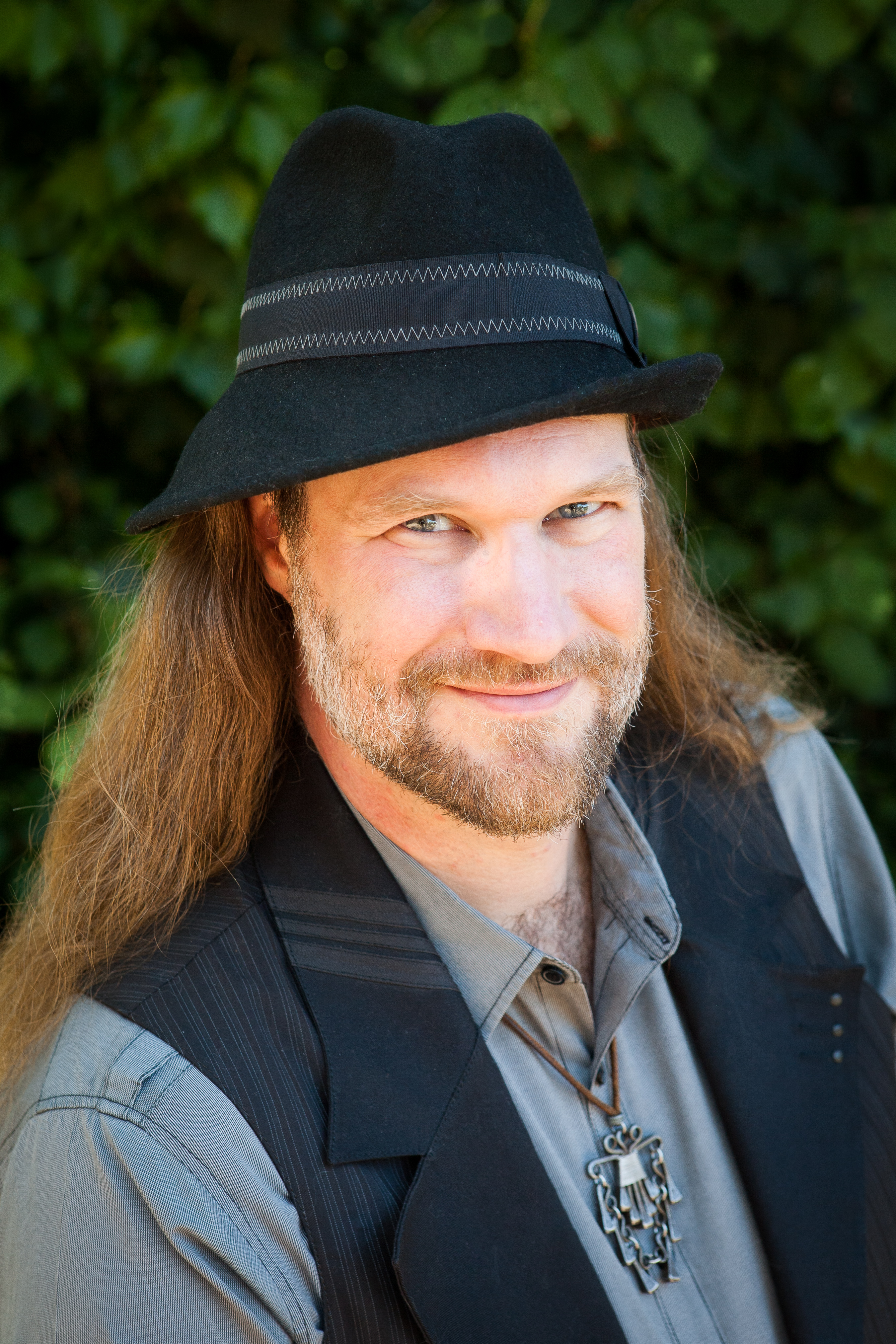Summer is always very busy for me as my lab fills up with Interns, and with all their energy and focus, an amazing amount of research is accomplished. This summer was no exception, and I have many exciting results to share. But first, the big news: We were awarded a Phase 2 grant from the NASA Innovative Advanced Concepts (NIAC) program! This is a two-year continuation of our prior NIAC award, and is a strong endorsement that we are successfully pursuing an innovative and valuable concept with our efforts to build the SuperBall planetary exploration tensegrity robot! Over the next two years we will be building on the initial prototypes and experiments from Phase 1 with the goal of creating a prototype tensegrity SuperBall robot capable of sustaining large falls, protecting a payload of instruments, and rolling over a wide range of terrains. Currently we are building the first prototypes of the modular rods which house all the actuation, springs, controllers, power, and sensors, making each rod effectively its own robot. Once we are happy with the rod design we will build a new SuperBall robot and migrate the control concepts developed in simulation to it, leading to a demonstration of untethered rolling locomotion over complex terrains.
For an overview of the project and how tensegrity robots will be used to explore other planets, please see this recently released interview I gave while at the last NIAC symposium.
Also, the following video shows, in simulation, the basic concept of the SuperBall planetary exploration robot. What you will see is how the robot can be packed into an efficient configuration for launch, and then deployed before landing on another planet. At the moment of landing, the natural compliance of the tensegrity robot absorbs impact forces, much like an air-bag, and then it is able to control its tensile network to generate a rolling locomotion which can easily handle obstacles and complex terrains. The clips of the robot rolling over obstacles and hills are the results of controls research this summer where we further explored the use of evolutionary algorithms, neuroscience inspired Central Pattern Generators, and Dynamical Systems controllers.
If you want to dive deeper into our work, the most complete document to read is our NIAC Phase 1 Final Report, which was just released this summer. It discusses all the analysis and experimentation we did in the last year, including drop tests of a partial prototype, mission analysis, simulation based controls research, and more. We have also published a number of papers recently (and there are more under review now!). You can see all my papers by going to the Publications tab on this blog. The two most relevant papers are:
Vytas SunSpiral, George Gorospe, Jonathan Bruce, Atil Iscen, George Korbel, Sophie Milam, Adrian Agogino, David Atkinson, “Tensegrity Based Probes for Planetary Exploration: Entry, Descent and Landing (EDL) and Surface Mobility Analysis,” To Appear in International Journal of Planetary Probes, June 2013. Download PDF.
Atil Iscen, Adrian Agogino, Vytas SunSpiral, and Kagan Tumer. “Controlling Tensegrity Robots through Evolution” In proceedings of Genetic and Evolutionary Computation Conference, (GECCO 2013), Amsterdam, The Netherlands, July 6-10, 2013. Download PDF.
Winning the Phase 2 award has also generated a lot of media attention! We have been interviewed a number of times in the last month, and recently had an article published by Popular Mechanics! I’m really pleased to be getting our ideas out to the general public, and Popular Mechanics does a great job of translating complex technical ideas to a wide audience.



